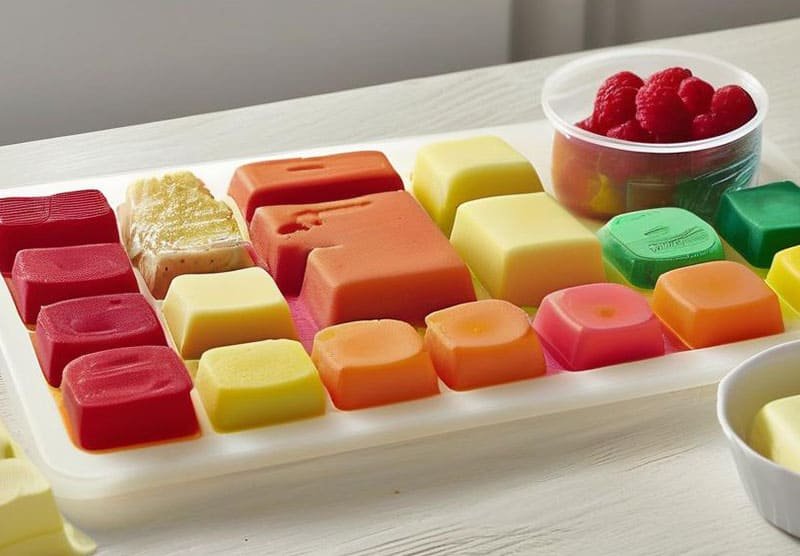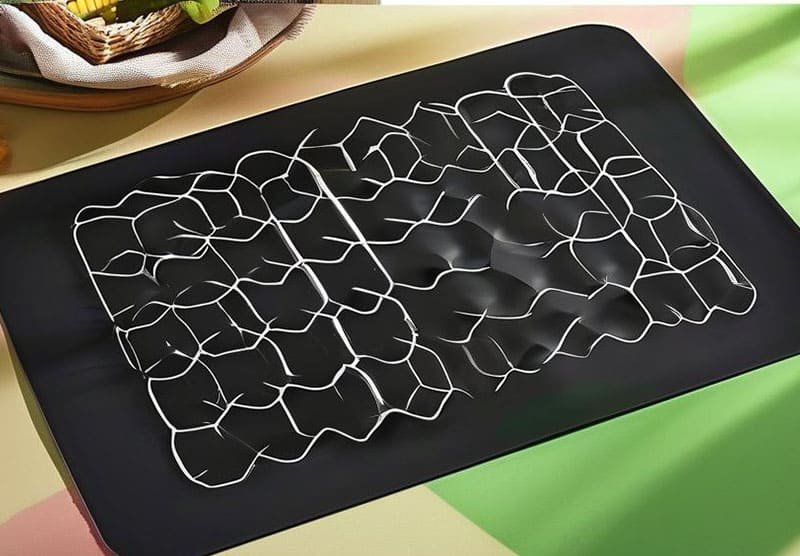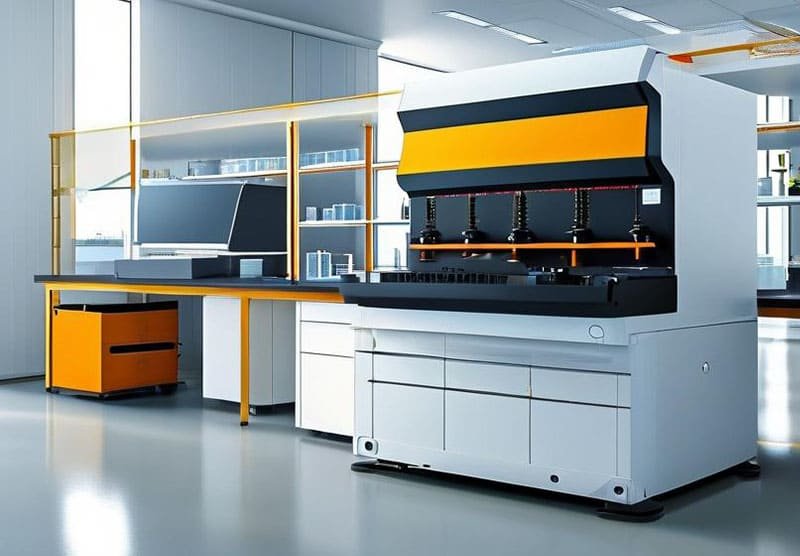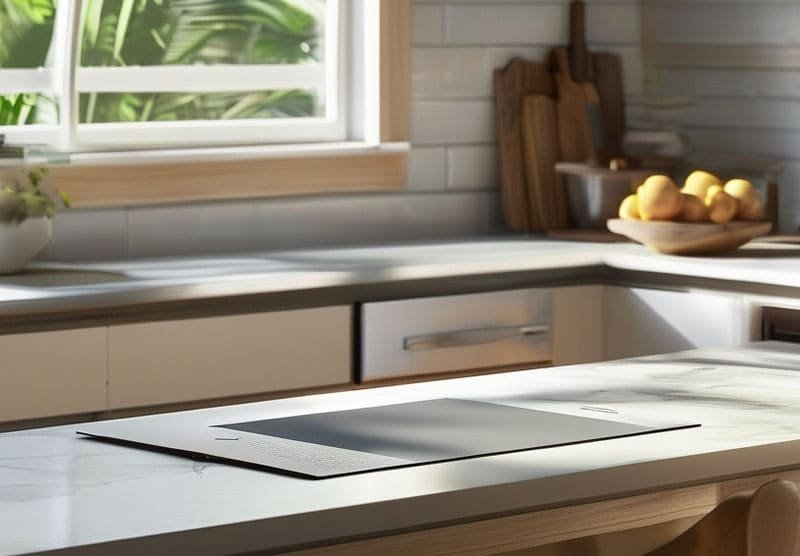Not all silicone mats are created equal—how do we know which ones are truly safe for food or medical use?
FDA and LFGB compliance ensure that silicone mats meet safety standards for food and medical contact. These certifications verify that the material is non-toxic, stable, and suitable for repeated use.
When working with silicone products for food or medical applications, certification isn’t optional—it’s essential. Clients often ask about these standards, and I always stress that compliance affects everything from legal approval to consumer trust. Let’s look deeper at what FDA and LFGB mean for silicone mats.
What Is FDA Compliance and Why Does It Matter?
In the U.S. market, the FDA sets the bar for safety. What does this mean for silicone products?
FDA compliance confirms that silicone mats are safe for direct food or medical contact under U.S. regulations. They must not leach harmful substances under normal use conditions.

The FDA (Food and Drug Administration) evaluates materials based on how they behave when in contact with food or skin. FDA 21 CFR 177.2600 is the key regulation for silicone rubber used in food applications. It covers:
- Maximum allowable extractable substances
- Resistance to fats, oils, and acids
- Stability under heat (up to 250°F or 121°C)
For medical-grade mats, additional scrutiny applies. FDA Class I or II device categories may require more documentation and registration, especially for surgical or body-contact tools.
In practice, this means our silicone must:
- Be free from fillers or plasticizers
- Not release volatile organic compounds (VOCs)
- Pass migration tests (what leaches out under use)
- Be odorless, color-stable, and chemically inert
Without FDA compliance, products can’t legally be sold for food use in the U.S.—and retailers will reject them outright.
What Is LFGB Compliance and How Does It Differ?
In the European market, LFGB is the standard. How is it different from the FDA?
LFGB compliance is the German and EU benchmark for food safety. It’s stricter than the FDA and includes taste and odor neutrality testing.

LFGB stands for Lebensmittel-, Bedarfsgegenstände- und Futtermittelgesetzbuch—Germany’s Food, Commodities, and Feed Act. While that sounds complex, it simply means stricter testing. LFGB silicone must not only avoid chemical migration but must also:
- Have no taste or smell impact on food
- Show zero toxicological effects in contact with skin or mouth
- Undergo heavy metal and solvent extraction testing
Here’s how FDA and LFGB compare:
| Requirement | FDA | LFGB (EU) |
|---|---|---|
| Migration Limits | Set per substance | Set per food type |
| Sensory Testing | Not required | Mandatory |
| Color/Smell Transfer Test | Not required | Mandatory |
| Toxicological Evaluation | Basic requirements | More detailed & stricter |
| Use in Europe | Not sufficient | Mandatory |
That’s why many European clients only accept LFGB-certified silicone. It assures them of the highest safety and neutrality—especially for baby, kitchen, or medical use.
Why Dual Certification (FDA + LFGB) Matters for Global Brands?
For global distribution, is having one certification enough?
No—dual FDA and LFGB certification ensures a silicone mat meets both U.S. and European safety standards, opening access to the widest markets.
I’ve worked with clients in the U.S., Germany, and China who want a single product line that meets all regulations. FDA approval lets them sell in North America. LFGB clears them for the EU. Having both on file avoids costly delays, testing, or rejections at customs.
In our production line, we always:
- Test every material batch with third-party labs
- Provide full documentation with test reports
- Mark packaging clearly with FDA & LFGB logos
For example, when John Doe from Little Steps Baby Care launched a teething mat line, we ensured both certifications were included. That allowed them to export directly to Germany without repackaging or retesting.
What Testing Is Required for FDA and LFGB Approval?
How are these standards verified? What does the lab actually do?
Testing includes chemical migration, heavy metal leaching, odor/sensory evaluation, and resistance to heat, oils, and acids—under simulated real-use conditions.

Here’s what a typical third-party test process includes:
- Migration Test (FDA & LFGB)
- Silicone is soaked in food simulants (oil, alcohol, acid, water).
- The lab checks what substances migrate into those simulants.
- Heavy Metal Content (LFGB)
- Tests for lead, cadmium, and other metals using ICP-MS.
- Odor and Taste Transfer (LFGB only)
- Silicone is placed with neutral food like water or rice.
- Food is then tasted by certified panels.
- Physical & Heat Resistance
- Tests simulate cooking, freezing, and dishwasher cycles.
Most of our mats are tested under ASTM and DIN standards, depending on the region. Testing isn’t a one-time event—we retest every 12–18 months, or when sourcing changes.
How to Verify a Supplier’s FDA or LFGB Claim?
Lots of products claim to be food-safe. How can buyers be sure?
Always ask for official third-party lab test reports, check dates, and confirm the silicone type and grade listed. Avoid vague claims like “FDA approved material.”

I’ve seen too many clients get burned by suppliers who only partially meet requirements—or worse, falsify labels. Here’s how to protect your brand:
- Request full test reports with lab name and accreditation
- Check report dates (should be within 1–2 years)
- Ensure report specifies final product, not just raw material
- Ask if tests cover all colors and batches used
- Confirm the silicone grade: platinum-cured, food-grade, or medical-grade
At RuiYang, we send all reports upfront and label our cartons clearly for customs clearance. That level of documentation has helped many of our clients launch quickly in both domestic and export markets.
Conclusion
FDA and LFGB compliance are essential certifications that ensure silicone mats are safe, durable, and trusted across food and medical applications.